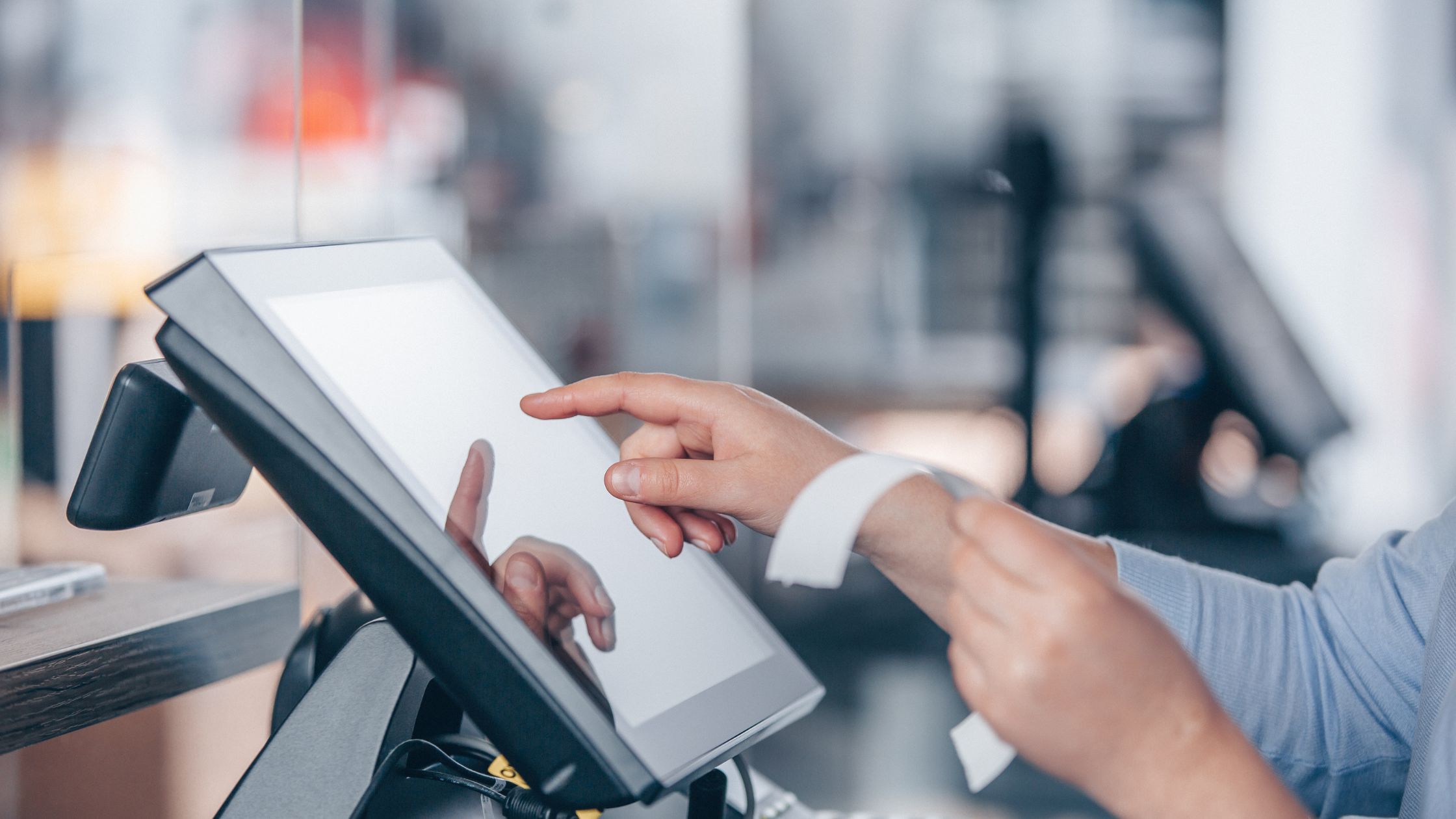Quick-service and dine-in teams move fast, but speed helps only when your tech stays reliable, secure, and simple. That’s why many operators choose java-base pos software. It runs across Windows, macOS, and Linux, works smoothly offline, and scales from a single terminal to multiple locations. Plus, a mature Java stack supports drive-thru, takeout, table service, and kitchen routing—without adding unnecessary complexity.

What is Java-Base POS Software?
Put simply, java-base pos software is a restaurant point-of-sale built in Java that runs on Windows, macOS, Linux, and even lightweight devices. This cross-platform approach lets you standardize mixed hardware while keeping a familiar, easy workflow for cashiers, servers, and managers. Mature Java solutions already power thousands of locations worldwide, proving their reliability for busy, high-volume operations. Learn more about POS Software Open Source Java.
Core Capabilities Operators Should Expect
When you choose java-base pos software, insist on features that save seconds without sacrificing control:
1) Drive-Thru and Takeout Speed
Use a dedicated takeout view that captures orders in a few taps, assigns unique ticket numbers, and auto-prints to a packing station. Additionally, quick “for here/to-go” toggles and fast coupon flows keep the window accurate and moving.
2) Table-Service Flexibility
Seat guests, split checks, and reorder from the touchscreen with clear ticket status. Moreover, route items to the right station or KDS so prep stays aligned with the line during the lunch rush.
Key Features and Functional Capabilities
Before investing in a POS, evaluate its reliability, performance, and scalability. From setup to reporting, each feature should enhance speed, accuracy, and control.
A. Architecture, Deployment, and Offline Reliability
Because rush hours cannot wait for Wi-Fi, prioritize local-database operation. With a built-in store database, the system keeps taking orders and printing to kitchen devices during outages, then syncs once the connection returns. Furthermore, installation stays simple: download, launch the Java app, and complete a quick setup—often in minutes to your first test order. Finally, Java 8 compatibility supports predictable deployment on common desktops.
B. Menu Programming, Modifiers, and Upsells
Accurate menus drive accurate tickets. Therefore, choose tree-based menu programming with categories, groups, items, modifier groups, and dependent modifiers. Additionally, structured rules present half-and-half items, double toppings, and combo builds without confusing staff. As a result, you enable natural upsells, consistent pricing, and fast taps.
C. Kitchen Displays, Routing, and Prep Visibility
Operational clarity keeps food moving. Consequently, route each item to the correct station and display orders on a touch-enabled KDS. Moreover, let managers monitor the line from their desk, track make times, and rebalance workload in real time. Because visibility reduces remakes, these tools pay off quickly in busy stores.
D. Payments, Taxes, and Multicurrency
Compliance details matter at peak times. Therefore, confirm support for cash, cards, partial payments, service charges, and multicurrency when you serve global travelers. Additionally, require item-level tax handling and clear settings for tax-inclusive or tax-exclusive pricing, so audits remain straightforward with java-base pos software.
E. Reporting That Drives Smarter Decisions
Managers coach better with live data. Consequently, track hourly sales, product mix, and speed-of-service, then export clean summaries for finance and campaign reviews for marketing. Moreover, a strong back office should show orders, KDS status, and sales summaries with one-click views, so leaders can adjust staffing and menus quickly.
F. Hardware Fit and Cross-Platform Support
Run the POS on Windows, macOS, or Linux and connect standard peripherals such as receipt printers, kitchen printers, cash drawers, and touchscreens. Additionally, extend to lightweight devices—like Raspberry Pi—for secondary stations when appropriate. Meanwhile, printer groups and device tests in the back office simplify setup and keep lanes calm.
A solid Java-based POS offers flexibility, reliability, and insight—empowering smoother operations and smarter growth for restaurants and retail.

Rollout Roadmap: From Pilot to Confident Go-Live
Follow this clear rollout plan to reduce risk and speed adoption with java-base pos software:
- Discover & map: List every menu item, combo, modifier, station, and drive-thru flow. Also, record taxes and service-charge rules so you configure them once.
- Configure & route: Build categories, groups, and modifiers. Then route each item to the right printer group or KDS so every station sees only what it needs to prep.
- Pilot & refine: Run a single-lane pilot for several shifts. Track make times and voids, then tighten buttons, layouts, and routing based on what you learn.
- Train & certify: Coach cashiers with real scenarios. Certify managers on cash-drawer reconciliation and end-of-day procedures.
- Stage the go-live: Launch during predictable hours, keep a spare terminal ready, and post quick-reference cheat sheets at each lane.
- Analyze & optimize: Review sales summaries and KDS metrics. Adjust routing, menus, and staffing based on actual results.
Buying Checklist
Evaluating java-base pos software can be overwhelming, so use this simple checklist to make the comparison easier:
- Offline Functionality: Works during outages with local data sync; supports drive-thru, takeout, and packing printers.
- Table Service: Easily split checks and make quick edits directly from the terminal.
- Kitchen Routing: KDS and printer routing ensure accurate order handoffs.
- Payment & Compliance: Handles taxes, charges, partial payments, and multicurrency.
- Cross-Platform Support: Runs on Windows, macOS, and Linux with broad hardware support.
- Training Support: Includes visuals and back-office views for easy onboarding.
Together, these features make your POS system faster, smarter, and more reliable—built to keep operations running without interruption.
Why Java-Based POS Software Fits Modern Restaurants
As operational demands grow, java-based pos software excels with cross-platform flexibility, offline resilience, and advanced restaurant workflows in one solution. The Java ecosystem ensures long-term maintainability and offers community-driven extensions, allowing operators to adapt as menus and formats evolve. This leads to improved uptime, faster onboarding, and a clean audit trail across lanes and locations.

Conclusion
If you’re looking for java-base pos software that meets the needs of quick-service environments—offline operation, drive-thru and takeout flows, structured menu programming, kitchen displays, and detailed analytics—consider Floreant POS. The platform supports Windows, macOS, and Linux, integrates with kitchen printers and KDS, and offers menu trees, tax controls, and practical back-office reporting that help teams work faster and more accurately.







